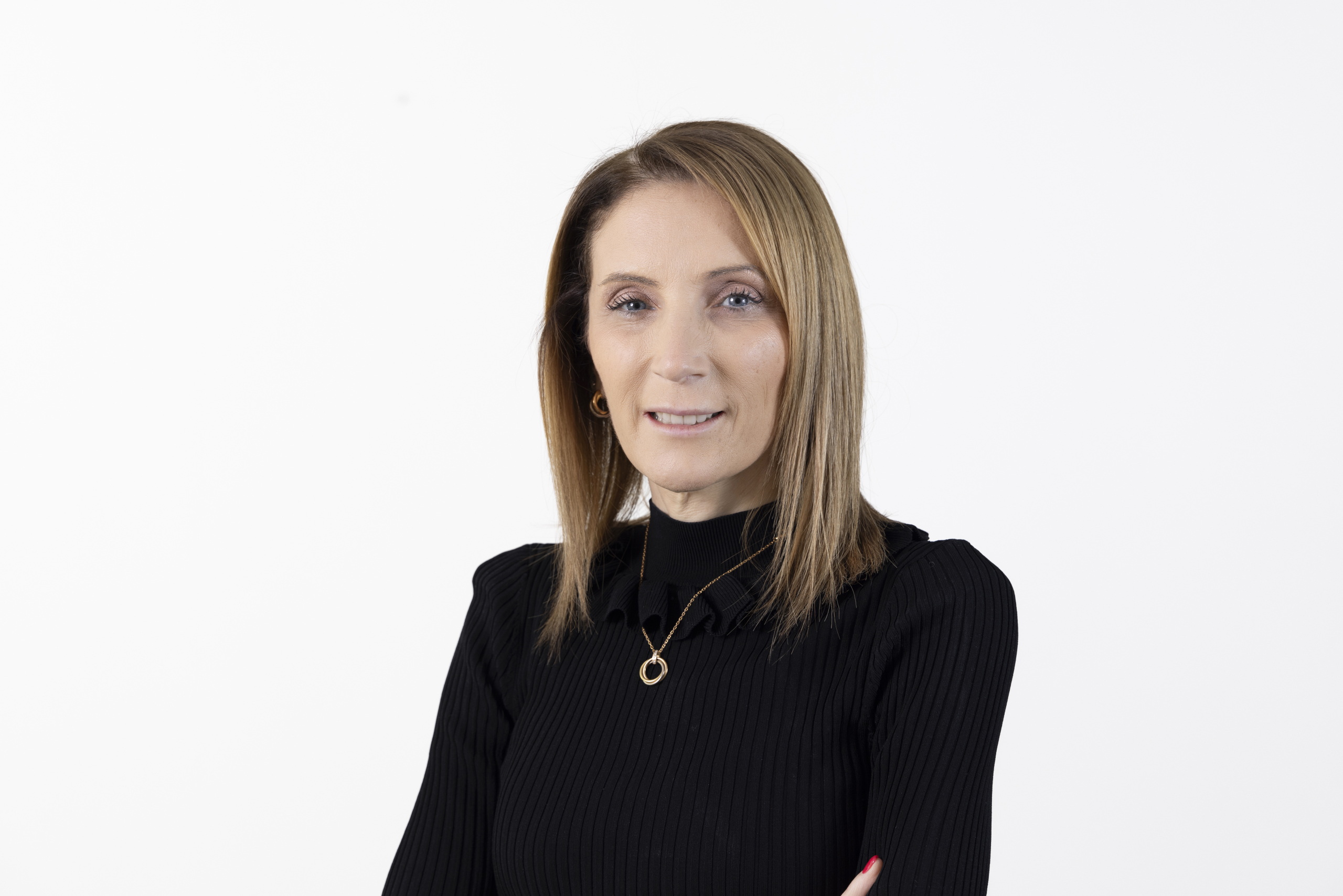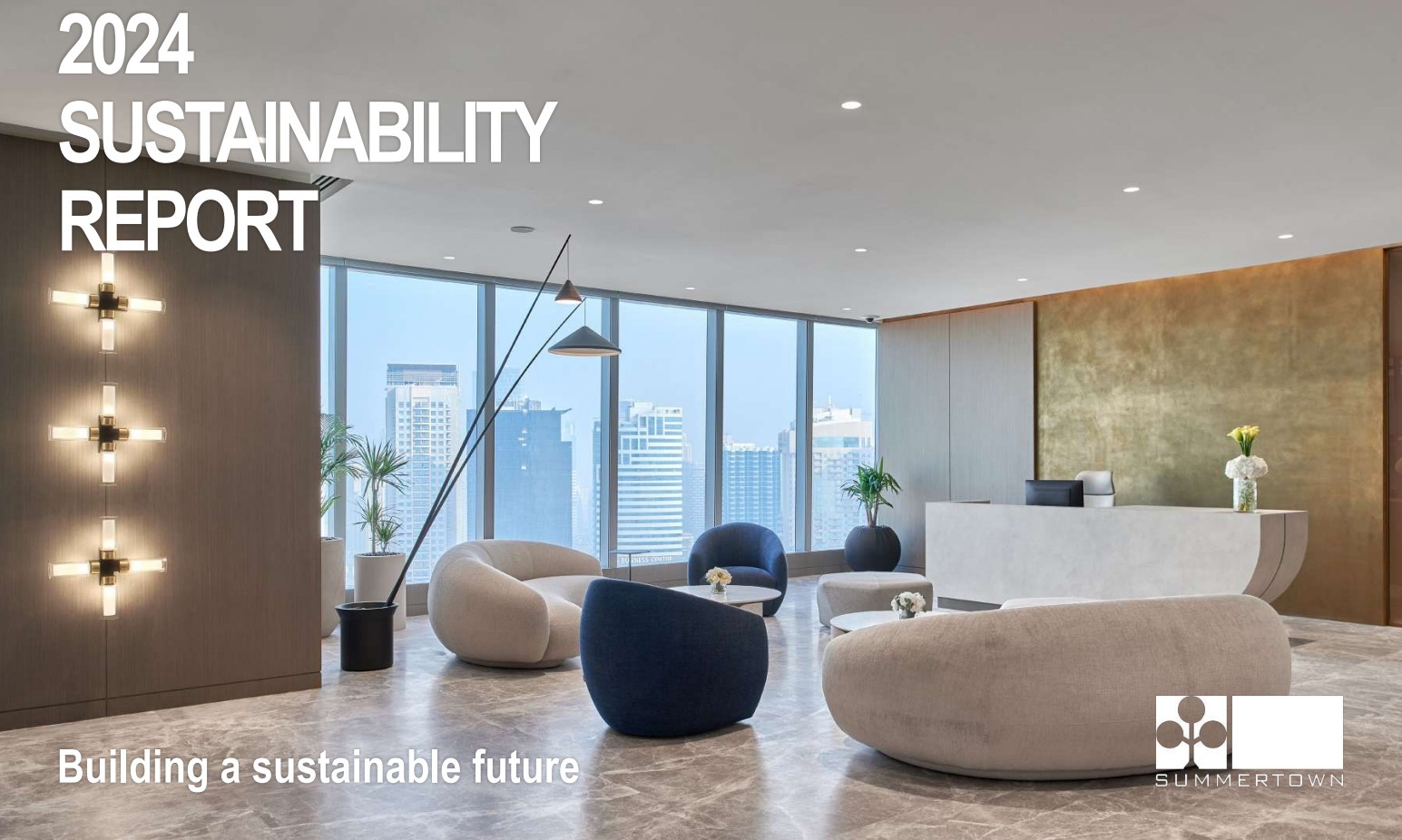Sustainability and eco-friendliness have become buzzwords in today’s corporate world, reflecting the growing awareness and commitment to environmental responsibility. However, as these terms gain traction, the risk of greenwashing also increases. To counteract this, green building certifications provide a robust framework to ensure that sustainable practices are genuinely implemented and verifiable.
These credentials not only enhance a company’s environmental reputation but also contribute to employee satisfaction and operational efficiency. Among the myriad certifications available, LEED (Leadership in Energy and Environmental Design) stands out. This article delves into various green building certifications relevant to office fit outs, with a primary focus on LEED, and explores the process of obtaining these certifications and their benefits, supplemented with practical examples.
Green building certifications evaluate and recognise the environmental performance of buildings, considering factors such as energy efficiency, water usage, indoor air quality, and sustainable materials. These certifications serve as benchmarks for companies aiming to reduce their environmental impact and promote sustainability in their operations. In this article we’ll delve into the most valued certifications, and what they look like in practice when applied to real-world projects.
LEED
Leadership in Energy and Environmental Design (LEED) – developed by the U.S. Green Building Council (USGBC) – is one of the most recognised green building certification systems globally. It provides a framework for healthy, efficient, and cost-saving green buildings. LEED certification is applicable to various building types, including office fit outs, and focuses on energy efficiency, water conservation, CO2 emissions reduction, and improved indoor environmental quality.
The LEED certification process involves several steps:
- Registration: The first step is registering the project with the USGBC, submitting basic information about the building, and paying a registration fee.
- Preparation: During this phase, project teams work to ensure that the building meets LEED requirements, implementing sustainable practices and compiling necessary documentation.
- Application: Once the project is ready, an application is submitted to the USGBC, including detailed documentation demonstrating compliance with LEED criteria.
- Review: The USGBC reviews the application, potentially requiring multiple rounds of feedback and additional documentation.
- Certification: If the project meets the standards, it is awarded LEED certification. The level of certification (Certified, Silver, Gold, or Platinum) depends on the points earned across various sustainability categories. We will address what a Gold certification looks like later on in this article when we discuss DMCC’s Uptown Tower, Level 9.
Achieving LEED certification offers numerous benefits, enhancing the company’s environmental reputation, leading to cost savings through improved energy and water efficiency, and providing healthier environments for employees, thereby boosting productivity and satisfaction. We will discuss these in detail in a later section.
BREEAM
Building Research Establishment Environmental Assessment Method (BREEAM) was developed by the Building Research Establishment (BRE) in the UK, assesses the sustainability performance of buildings across various criteria, including energy, water, materials, waste, pollution, health and wellbeing, and management practices.
The process to obtain BREEAM certification includes:
- Pre-assessment: An initial evaluation to understand the potential BREEAM rating and identify areas for improvement.
- Detailed Assessment: A comprehensive assessment of the building’s design, construction, and operational performance against BREEAM standards.
- Verification: Independent verification by a licensed BREEAM assessor.
- Certification: Awarding of the certification based on verified performance, with ratings ranging from Pass to Outstanding.
BREEAM-certified buildings are recognised for their superior environmental performance and contribute to reduced operational costs, improved indoor environments, and increased asset value.
WELL Building Standard
The WELL Building Standard, developed by the International WELL Building Institute (IWBI), focuses on the health and wellbeing of building occupants. It evaluates buildings based on factors such as air quality, water quality, nourishment, light, fitness, comfort, and mental health.
The steps to achieve WELL certification include:
- Registration: Registering the project with IWBI and paying associated fees.
- Documentation and Implementation: Implementing the WELL features and documenting compliance.
- Performance Verification: An on-site performance test and documentation review by IWBI to verify compliance with WELL standards.
- Certification: Certification is granted if the project meets the required criteria, with ratings of Silver, Gold, or Platinum.
WELL-certified buildings are designed to enhance occupant health and wellbeing, leading to improved employee satisfaction and productivity.
Integrating Green Certifications into Office Fit Outs
Integrating green certifications like LEED, BREEAM, and WELL into office fit outs involves a holistic approach to design, construction, and operation. It starts with selecting sustainable materials, incorporating energy-efficient systems, and ensuring optimal indoor environmental quality.
Sustainable Design and Construction
The foundation of green certifications lies in sustainable design and construction practices. This includes using eco-friendly materials, implementing energy-efficient lighting and HVAC systems, and ensuring proper insulation to reduce energy consumption. Water conservation measures, such as low-flow fixtures and rainwater harvesting systems, are also crucial. To understand how this looks in real life, the Summertown project at DMCC Business Centre incorporated recycled materials and energy-efficient systems, achieving a LEED certification.
Operational Efficiency
Maintaining operational efficiency is essential for sustaining green certification. This involves regular monitoring and maintenance of energy and water systems, ensuring they operate at peak efficiency. Implementing smart building technologies can aid in real-time monitoring and management of building performance. An example of this can be seen in the fit out for Sprinkl, where advanced building management systems were used to optimize energy use.
Enhancing Indoor Environmental Quality
Indoor environmental quality is critical in green certifications. This includes ensuring good air quality through proper ventilation and the use of low-VOC materials. Natural lighting, thermal comfort, and acoustic quality also play significant roles. For example, the fit out at Picnic Square, Times Square Center, features large windows that maximize natural light and provide outdoor views, contributing to a healthier working environment.
Employee Engagement and Wellbeing
Engaging employees in sustainability initiatives is crucial for the success of green certifications. Educating staff about sustainable practices and encouraging their participation can foster a culture of environmental responsibility. WELL certification, in particular, emphasizes health and wellbeing, promoted through amenities like fitness facilities and spaces designed for relaxation and mental rejuvenation. The fit out for Ora displays this with a design prioritizing natural light and wellness spaces.
The Gold Standard: LEED Certification in Practice
Summertown’s two projects for the Dubai Multi Commodities Centre (DMCC) Uptown Tower (1, 2) exemplifies a fit out designed to meet the rigorous standards of LEED Gold certification. As Uptown Tower aims to achieve LEED Gold certification, the fit out included significant measures such as the use of recycled materials, energy-efficient HVAC systems, LED lighting, low-flow water fixtures, and smart building technologies for real-time energy optimisation.
Low-emitting adhesives, sealants, and paints were also used to enhance indoor air quality, and natural light was maximized through strategic window placement and high-performance glazing. These efforts demonstrate the comprehensive approach required to align with LEED Gold certification standards.
1. Sustainable Design and Construction
For the DMCC project, sustainable design and construction were crucial. The project utilized eco-friendly materials, including low-emitting adhesives, sealants, paints, and coatings, to ensure good indoor air quality. Recycled materials were used extensively, contributing to the overall sustainability of the fit out. Additionally, energy-efficient lighting and HVAC systems were installed, significantly reducing energy consumption.
2. Water Efficiency
Water conservation measures were implemented through the installation of low-flow fixtures and efficient water management systems. These steps ensured a reduction in water usage, aligning with the stringent criteria set by LEED.
3. Energy Efficiency
Energy efficiency was a primary focus in the DMCC project. The fit out included advanced energy management systems that monitor and optimize energy usage. The project also incorporated high-efficiency glazing and insulation to reduce heat gain and loss, enhancing the building’s overall energy performance.
4. Indoor Environmental Quality
Ensuring a high level of indoor environmental quality was another critical aspect. The project implemented rigorous air quality management plans during construction to minimize dust and other pollutants. Furthermore, extensive use of natural lighting and high-performance glazing helped create a healthy and pleasant indoor environment.
5. Innovation in Design
The DMCC fit out also emphasized innovation in design, which is a key criterion in LEED certification. Innovative practices included the integration of smart building technologies that provide real-time data on building performance, enabling continuous improvement and optimisation of energy and resource use.
6. Documentation and Review
Throughout the process, detailed documentation was maintained to demonstrate compliance with LEED standards. This included tracking the sourcing and installation of materials, energy and water usage data, and indoor air quality measurements. The comprehensive documentation facilitated a smooth review process by the USGBC, ultimately leading to the awarding of the LEED certification.
Benefits of Green Certifications for Businesses
Pursuing green certifications offers numerous benefits, encompassing environmental, financial, and social aspects.
Environmental Benefits
Green certifications help businesses reduce their environmental footprint by adhering to stringent sustainability standards, minimizing energy and water usage, reducing waste, and lowering greenhouse gas emissions. This contributes to broader conservation efforts and helps combat climate change.
Financial Benefits
While the initial investment in green building practices and certifications can be significant, the long-term financial benefits often outweigh these costs. Energy-efficient buildings typically have lower operational costs due to reduced energy and water consumption. Additionally, green buildings can attract higher property values and rental rates, providing a strong return on investment.
Enhanced Reputation
Achieving green certifications can significantly enhance a company’s reputation. It signals a commitment to sustainability, which can be a compelling factor for clients, investors, and partners. Companies with strong environmental credentials are often viewed more favorably, leading to increased business opportunities and customer loyalty.
Improved Employee Satisfaction and Productivity
Green buildings are designed to provide healthier and more comfortable environments for occupants. Improved indoor air quality, natural lighting, and ergonomic design contribute to employee wellbeing. Studies have shown that employees in green-certified buildings report higher levels of satisfaction and productivity, translating to better overall business performance.
The Strategic Importance of Choosing a Certified Sustainable Fit Out Company
As we have discussed, opting for certified sustainable fit outs provides businesses with a host of strategic advantages. Certifications such as LEED, BREEAM, and WELL provide a clear framework to ensure sustainability claims are backed by verifiable practices, enhancing environmental credentials and delivering tangible benefits – including cost savings, improved employee wellbeing, and a stronger corporate reputation.
Choosing seasoned professionals, capable of delivering certified sustainable fit outs, is crucial. Such companies bring expertise in sustainable design, construction, and operation, ensuring projects meet stringent certification standards. They select eco-friendly materials, integrate energy-efficient systems, and implement innovative solutions that optimize resource use and enhance indoor environmental quality. Summertown Interiors, for example, has demonstrated its ability to deliver LEED-certified projects to a high standard, such as DMCC’s Level 9, showcasing how sustainable practices can be integrated into office spaces.
Partnering with a fit out company skilled in achieving green certifications ensures that office spaces are environmentally friendly and designed for long-term efficiency and occupant wellbeing. This strategic choice can yield significant returns, including lower operational costs, increased property value, and a stronger market position. A certified sustainable office fit out further signals a genuine commitment to sustainability, fostering trust and loyalty among clients, partners, and employees.
Elevate your workspace to the highest sustainability standards – contact Summertown Interiors today for a certified sustainable fit out.

